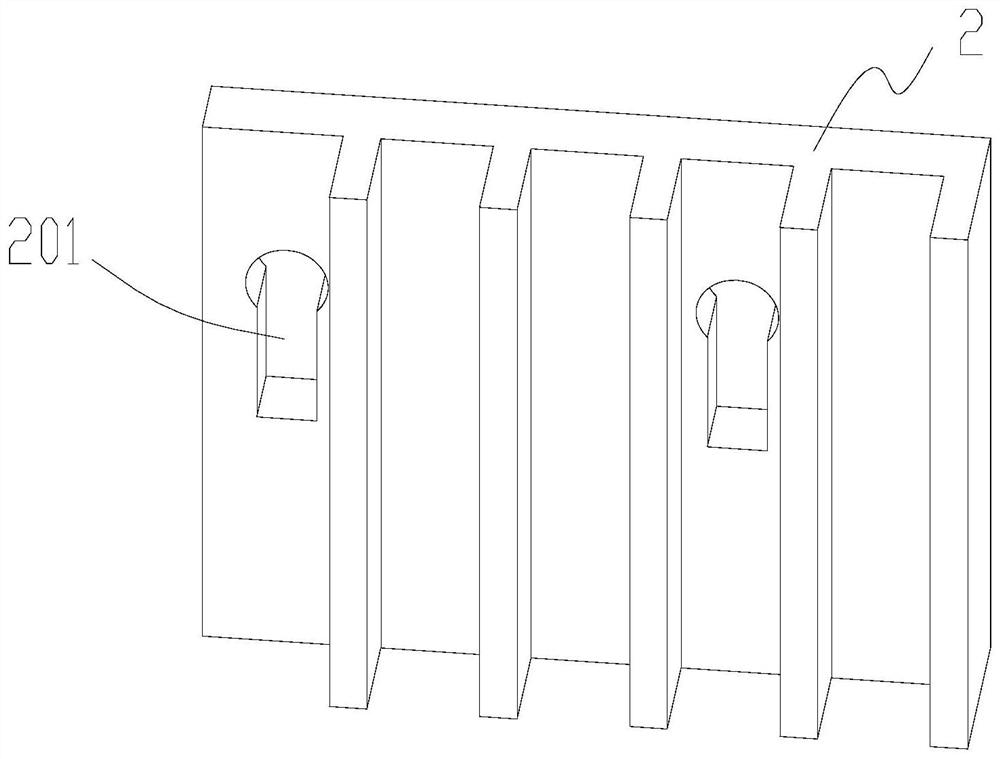Preparation method of porous ceramic plate produced by utilizing nano ink-jet 3D printing technology
A porous ceramic plate, 3D printing technology, applied in ceramic products, applications, household appliances, etc., can solve problems such as sintering shrinkage deformation, pollution, and reduce product performance, achieve uniform sintering shrinkage, improve dimensional accuracy, and improve production efficiency. Effect
- Summary
- Abstract
- Description
- Claims
- Application Information
AI Technical Summary
Problems solved by technology
Method used
Image
Examples
Embodiment Construction
[0038] The technical solutions of the present invention will be further specifically described below through the embodiments and in conjunction with the accompanying drawings.
[0039] A method for preparing a porous ceramic plate produced by nano-inkjet 3D printing technology, such as figure 1 shown, including the following steps:
[0040] (1) Use 3D design software to establish a 3D digital model of the porous ceramic plate, including a 3D digital model of the lattice, wall thickness, and final spliced structure of the porous ceramic plate. Combined with the actual specific application requirements, use UG, SolidWorks and other 3D design software to design the 3D digital model of the porous ceramic plate. In catalytic reaction applications, the specific surface area and pore size need to be adjusted according to the type of substance being catalyzed. If the catalyzed substance is a gas, generally speaking, the specific surface area as large as possible is required; if th...
PUM
 Login to View More
Login to View More Abstract
Description
Claims
Application Information
 Login to View More
Login to View More - R&D
- Intellectual Property
- Life Sciences
- Materials
- Tech Scout
- Unparalleled Data Quality
- Higher Quality Content
- 60% Fewer Hallucinations
Browse by: Latest US Patents, China's latest patents, Technical Efficacy Thesaurus, Application Domain, Technology Topic, Popular Technical Reports.
© 2025 PatSnap. All rights reserved.Legal|Privacy policy|Modern Slavery Act Transparency Statement|Sitemap|About US| Contact US: help@patsnap.com



